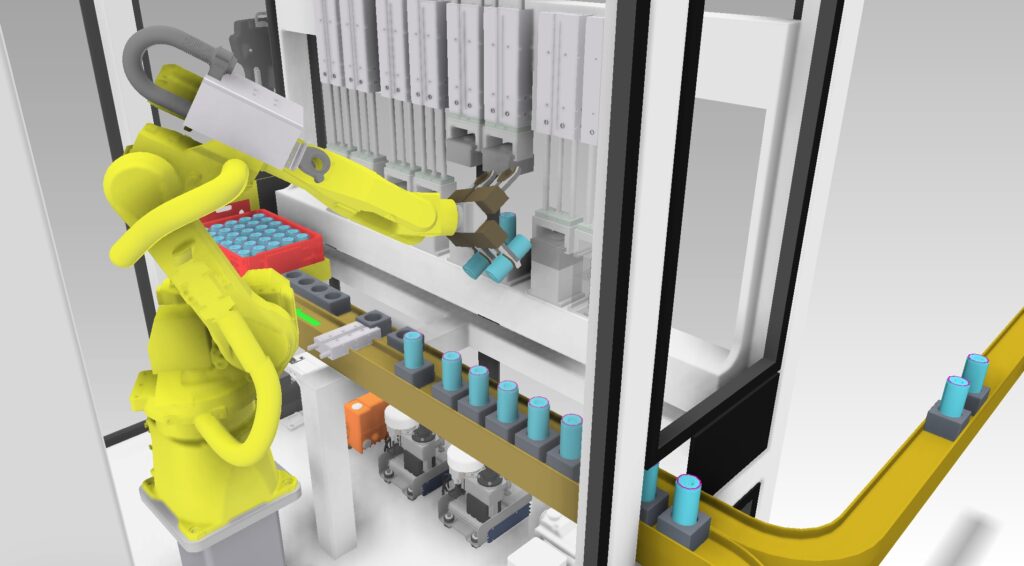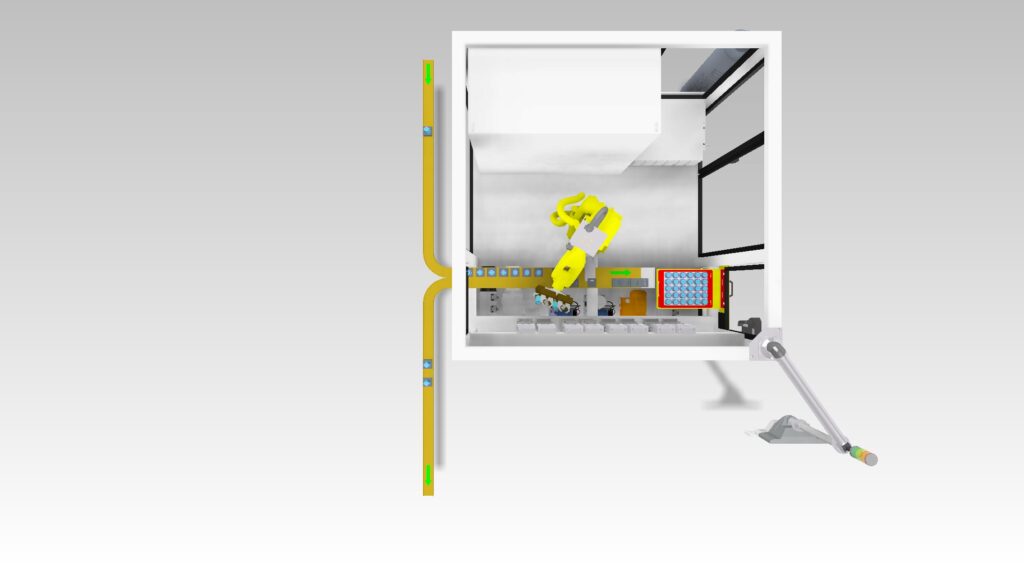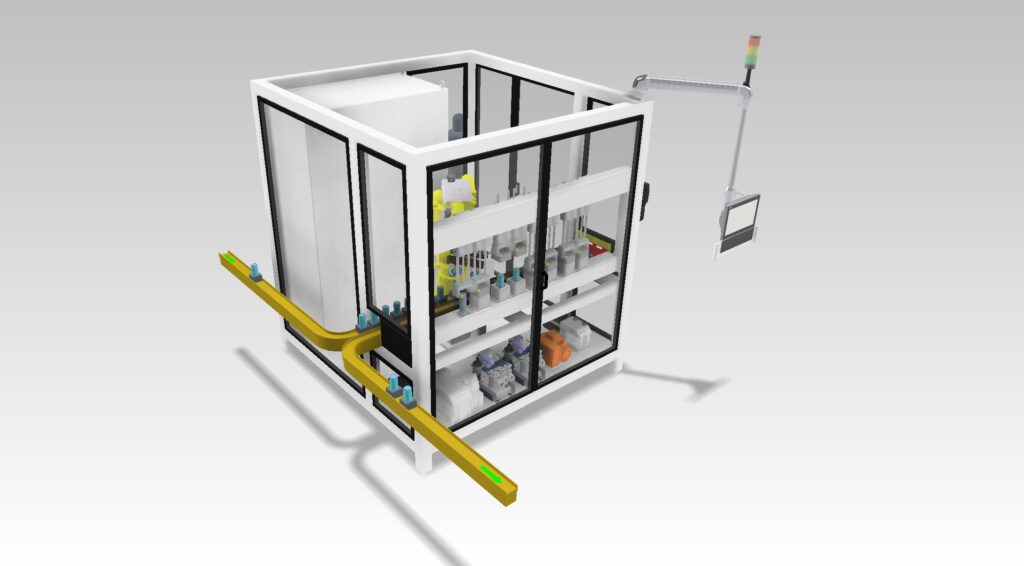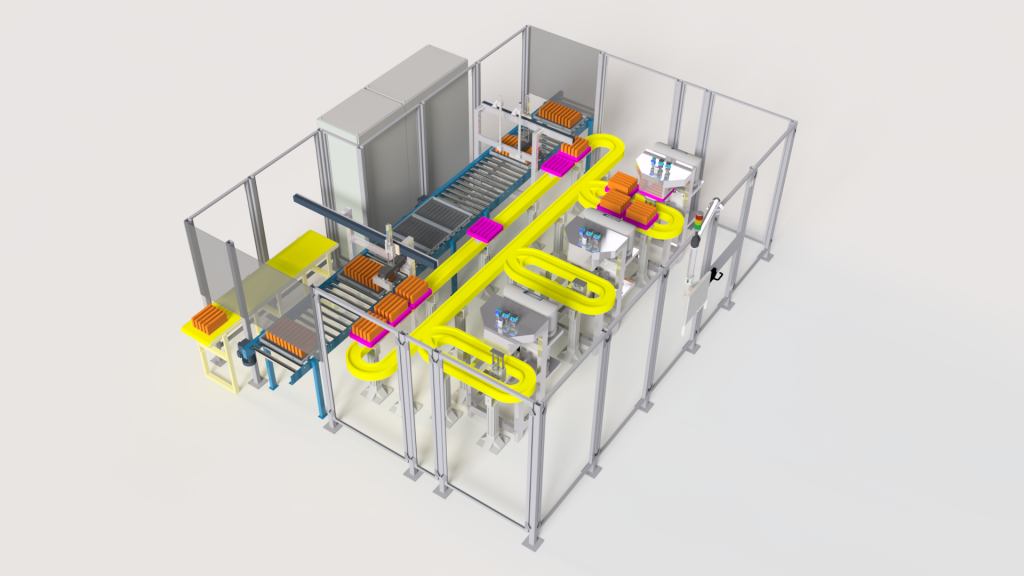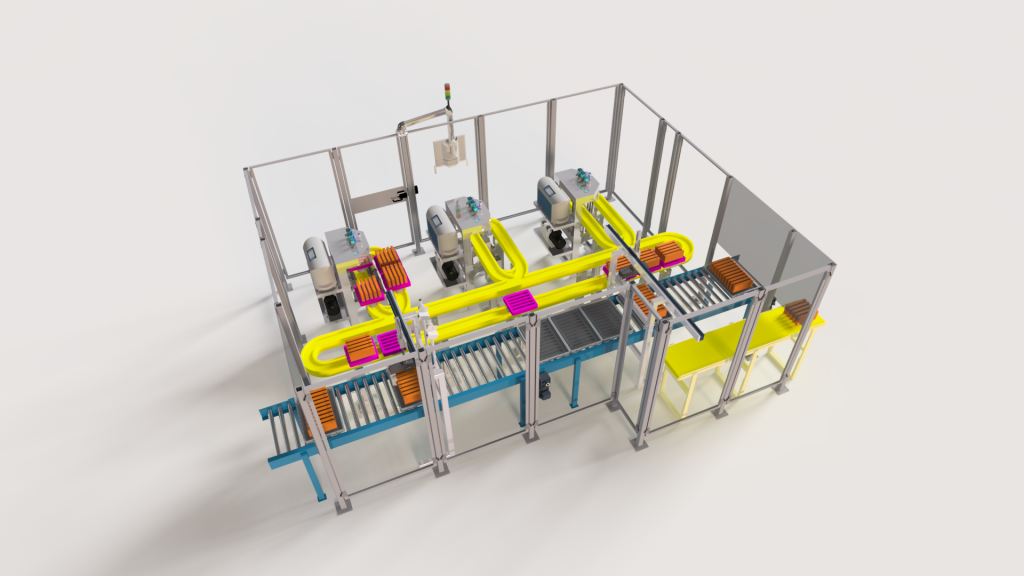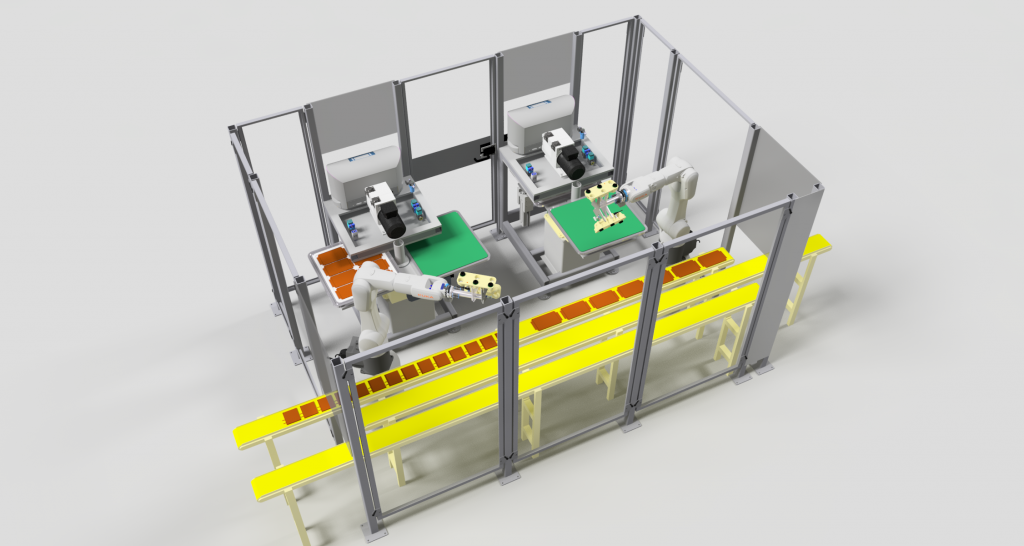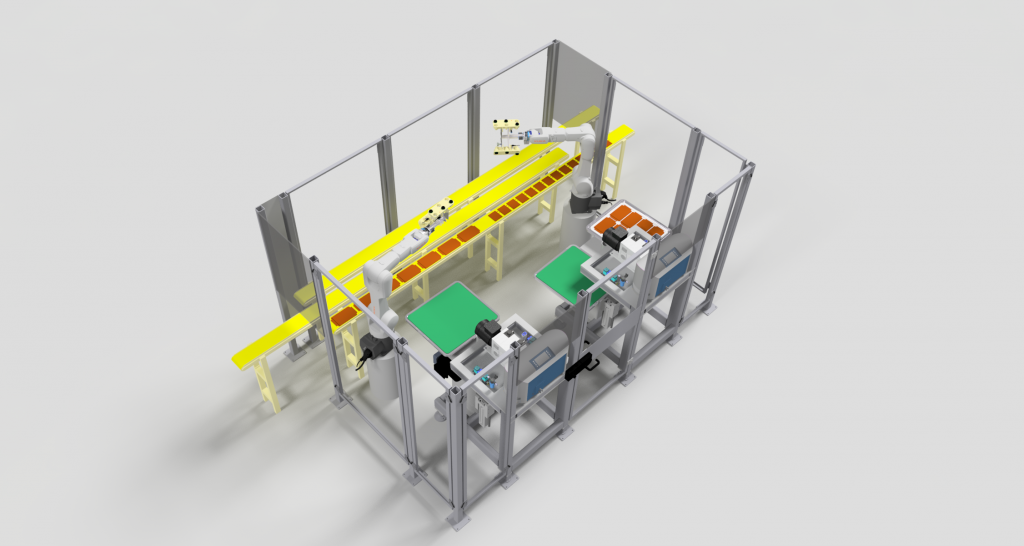The battery-electric drive is becoming more and more popular on our roads and almost all automobile manufacturers offer hybrid or fully electric vehicles on the market. The battery is the heart of electromobility, and the it has to meet several special requirements.
Leak testing in battery technology
The lithium-ion battery is not only the most important component of the drive train of a Battery Electric Vehicle (BEV) and a crucial part of a Plug-in Hybrid Vehicle (PHEV), but also part of a fuel cell car. The so-called buffer battery compensates and buffers the fluctuations between power generation in the fuel cell and power use in the electric motor and is therefore an important part of the electrified drive train in the Fuel Cell Electric Vehicle (FCEV).
Both the battery cells and the battery modules and packs are subject to high standards in terms of quality, safety, reliability and durability. The tightness of the components as a decisive quality feature also plays an essential role. Our leak testing systems enable the detection of very low leak rates, both in the case of the battery cell housings and covers as well as in the End-of-Line test of the finished battery cell. In addition, there are leak tests of the battery modules, cooling elements and the battery housings (battery packs) to ensure a long service life and safety.
Every form of battery cell, prismatic, round and pouch cells must be checked for leaks to meet the specified quality requirements. This not only applies to the batteries that are used in e-mobility, but basically to all batteries.
Different leak test methods are available, such as the helium vacuum leak testing of battery cell housings, battery modules and cooling elements. Another leak test option is the automatic sniffing of the battery pack with helium as a test gas.
The battery cell, which is filled with electrolytes and completely sealed, can no longer be checked for leaks by using the helium vacuum method at the end of the manufacturing process. This quality risk can be kept to a minimum with an End-of-Line leak test. The battery cell is checked for leaks in a vacuum chamber without the test gas helium, but with the help of direct detection of the solvent escaping from a possible leak.
From practice:
- Fully automatic helium-vacuum leak testing of assembled battery cells
- Fully automated and semi-automatic helium vacuum leak testing of battery cell components
- Fully automatic helium sniffing of battery housings and packs
- Operator-independent and fully automated gas bubble detection in water bath by means of ultrasonic of battery housings and packs
- Helium testing of thermal management cooling elements
Anwendungsbeispiel: End-of-Line-Dichtheitsprüfung der Batteriezelle
- Detection of the most common solvents: DMC, DEC, EMC and PP
- Smallest detectable leak rate = 1 ⋅ 10-6 mbar ⋅ l/s (helium equivalence)
- Short cycle times
- Fully automated process solutions
- Traceable and reliable leak test results
- High safety, reliability and battery cell life
